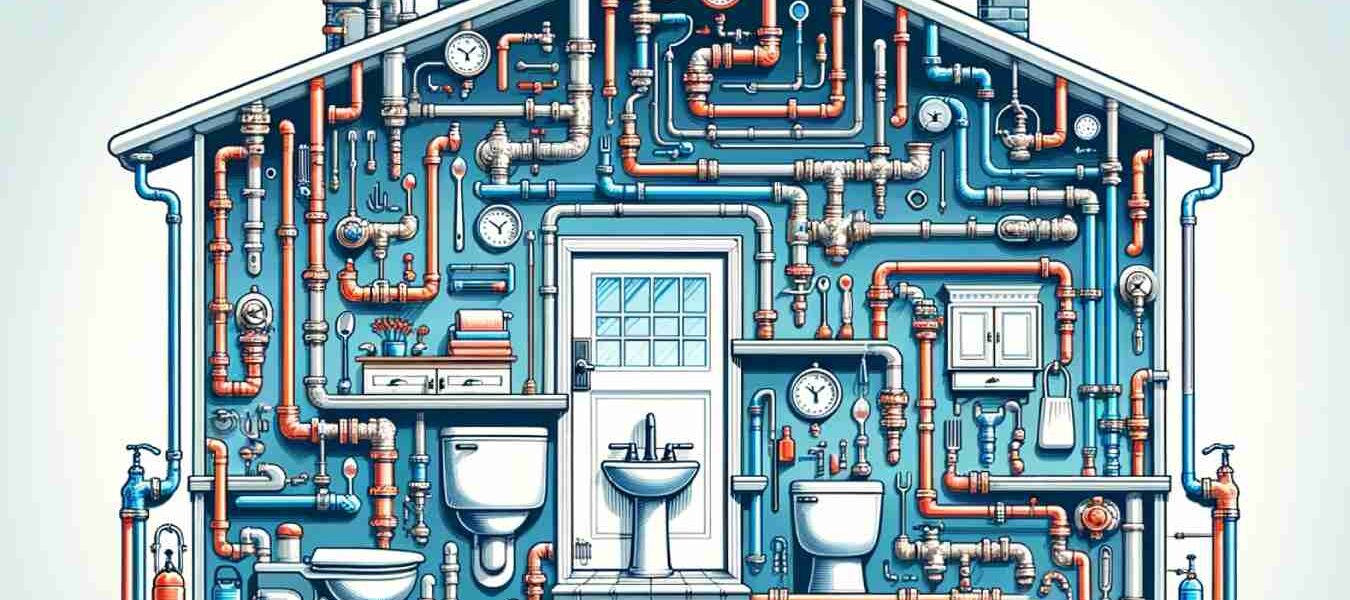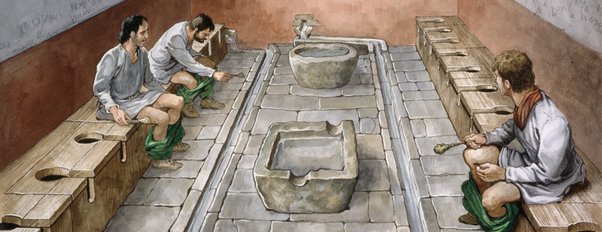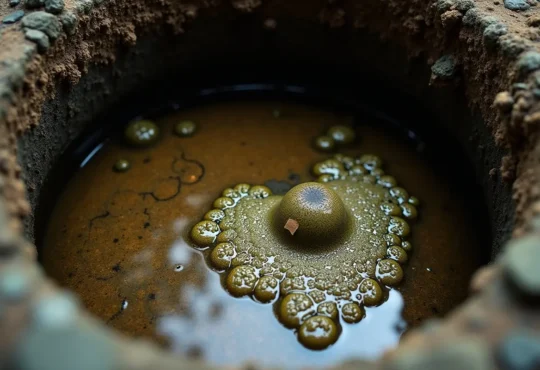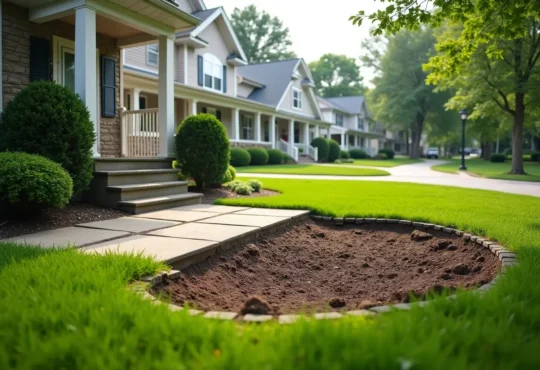
When Was Indoor Plumbing Invented?
Plumbing, as we know it today, is a modern marvel that we often take for granted. It’s hard to imagine life without the comfort and convenience of indoor plumbing. But have you ever stopped to wonder – who invented indoor plumbing?
Indoor plumbing has a rich history, with its roots dating back to ancient civilizations. Learn about the intriguing journey of its evolution, from the rudimentary systems of ancient times to the sophisticated networks of the modern era. What started as water pipes and lead to drinking water and modern sanitation systems.
Contents
The Advent of the Modern Plumbing System
Plumbing in Ancient Times
The foundation of indoor plumbing can be traced as far back as 4,000 to 3,000 B.C. in the Indus River Valley in India. Archaeological findings there suggest the use of copper pipes for water supply beneath the ruins of early settlements. Following the use of copper pipes, clay pipes emerged as a pivotal material in the development of ancient plumbing. Notably in the Roman Empire water systems and the drainage system in Greece, highlighting their importance in the evolution of early water transport infrastructures.
It was a rudimentary yet significant step towards a more organized system of water supply that laid the groundwork for future advancements.

Plumbing in Ancient Rome
People often credit Ancient Rome with significantly advancing the field of plumbing. The Roman civilization, flourishing between 800 B.C. and 735 B.C., prioritized sanitation, leading to the development of complex water supply and sewage systems.
The Roman aqueducts, famed for their engineering marvel, provided clean water to the vast metropolis. Wealthy Romans even had indoor plumbing systems in their homes, supplied by these aqueducts, around the first century B.C., which were sophisticated enough to supply both hot and cold water.
Interestingly, the term “plumbing” comes from the Latin word “plumbum,” meaning lead, a material the Romans extensively used in their plumbing systems.

Progression of Indoor Plumbing
Middle Ages Plumbing
The Middle Ages saw a stagnation in the progress of indoor plumbing. Sanitation took a backseat, and waste disposal was often done in the streets. However, in 1596, a significant development took place when Sir John Harrington invented the earliest version of a flushing toilet for Queen Elizabeth I.
This invention, although primitive, marked a critical milestone in the history of indoor plumbing.
Plumbing in the Modern Era
Modern indoor plumbing as we know it started taking shape around the 19th century. In the 1740s, New York City started constructing a rudimentary sewer tunnel system, which they subsequently revamped in the 1850s. This the rise of modern plumbing system in the U.S., with wealthy homes adding indoor plumbing linked to sewage systems. The transition to cast iron pipes for waterworks and sewerage systems marked a significant advancement during this period.
Indoor plumbing became more common in the early 20th century, as more homes had access to running water and the development of the first comprehensive sewer system in Chicago. However, it wasn’t until the 1930s that government programs expanded the availability of these necessities to rural areas, leading to a surge in the plumbing industry.
Noteworthy Inventions in Indoor Plumbing
The First Water Heater
The first water heater was invented in the 1870s, revolutionizing the way people heated water. Before this invention, heating water was a cumbersome process, often involving a pot on a stove or an open fire. The water heater significantly improved lives by making hot water readily available for daily use.
Modern Flush Toilets
The first flushing toilet, invented by Sir John Harrington in 1596, laid the groundwork for the modern flush toilets we use today. Although the original concept of a flush toilet dates back to 1596, the design of flush toilets we use today was invented in the early 20th century. This development drastically improved sanitation and hygiene in homes, making indoor plumbing more sophisticated and convenient.
Transition to Plastic Pipes
In 1966, due to a shortage of copper, plastic pipes started to replace copper pipes in indoor plumbing systems. Plastic pipes, owing to their versatility, have since become a popular choice in modern plumbing systems, including a variety of indoor plumbing fixtures and plumbing fixtures that have significantly contributed to the evolution of modern plumbing. These innovations, such as water heaters, flush toilets, and smart toilets, have played a pivotal role in improving hygiene, sanitation, and overall quality of life.
The development of the plumbing and sewage system has been crucial in modern hygiene and sanitation, emphasizing the importance of efficiently removing waste to prevent contamination and disease. Similarly, the evolution of the sewer system, with historical implementations in cities like Philadelphia and ancient civilizations, has been integral to urban sanitation, working hand in hand with modern plumbing systems to ensure a clean and healthy living environment.
Evolution of Modern Plumbing Systems
Indoor plumbing’s evolution from ancient simplicity to today’s complexity showcases human ingenuity and innovation in both the development of indoor plumbing fixtures and the comprehensive plumbing and sewage system. The next time you turn on your faucet or flush your modern toilet, take a moment to appreciate the history and evolution of indoor plumbing, including the significant advancements in plumbing fixtures and the essential role of the sewer system in modern society.
When asked about who invented indoor plumbing, you’ll understand it wasn’t the achievement of one individual or time period. The history of plumbing is a centuries-long evolution of development and enhancement, marked by critical innovations in plumbing fixtures and the implementation of an effective plumbing and sewage system.





 Hi I'm Joe.
Hi I'm Joe. 